Images released last week by the James Webb Space Telescope (JWST) team show that the new telescope has been fully calibrated These stunning images provide initial indications of how powerful JWST will be and how much infrared astronomy will improve
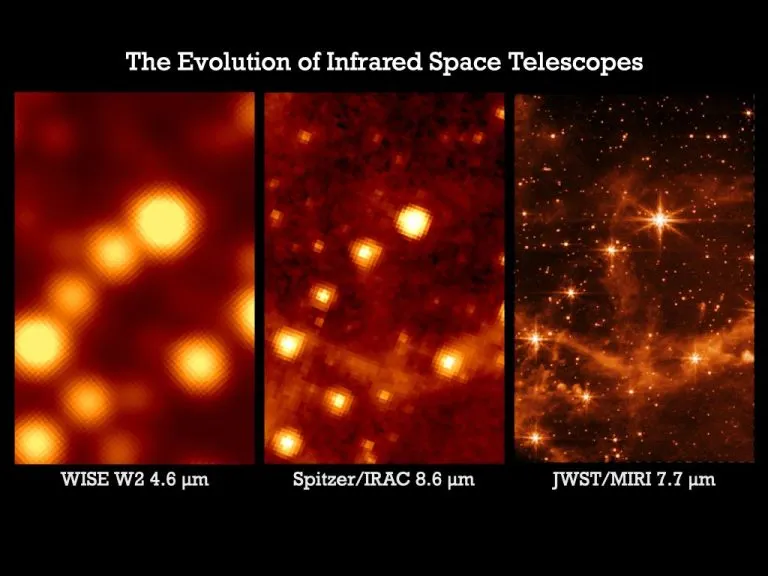
These images were released after completing the long process of fully focusing the mirror segment of the telescope. Engineers said the optical performance of JWST was "better than the most optimistic prediction", while astronomers were very excited.
Mark mccaughrean, senior advisor for science and exploration of the European Space Agency and a member of the JWST science working group, tweeted: "it does not break the laws of physics, but it is indeed in the best state of possibility, thanks to the extraordinary efforts of many people for decades."
While excited, astronomers began publishing contrast images - from previous telescopes to images of JWST in the same field of view - showing the evolution of resolution improvement.
Andras Gaspar, an astronomer working in Miri, a medium infrared instrument of JWST, compared the image of the wide field infrared measurement detector (WISE) telescope with the image of the same field of view of JWST. The Large Magellanic Cloud is a small satellite galaxy of the Milky way. Then he realized that Spitzer also took an image of LMC and created a comparison of three telescopes.
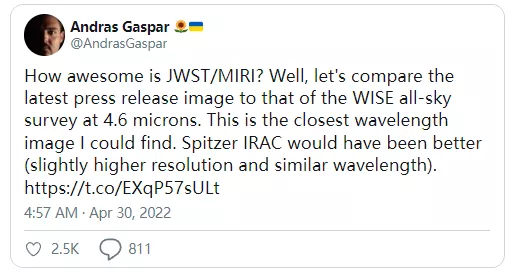
"To be fair, wise's 40cm diameter telescope is only half the size of Spitzer (85CM main telescope), but they are very small compared with JWST (6.5m main telescope)." Gaspar said on twitter. "That's what you get with a large aperture! Resolution and sensitivity. Miri provides mid infrared! HST (Hubble Space Telescope) can't get this wavelength."
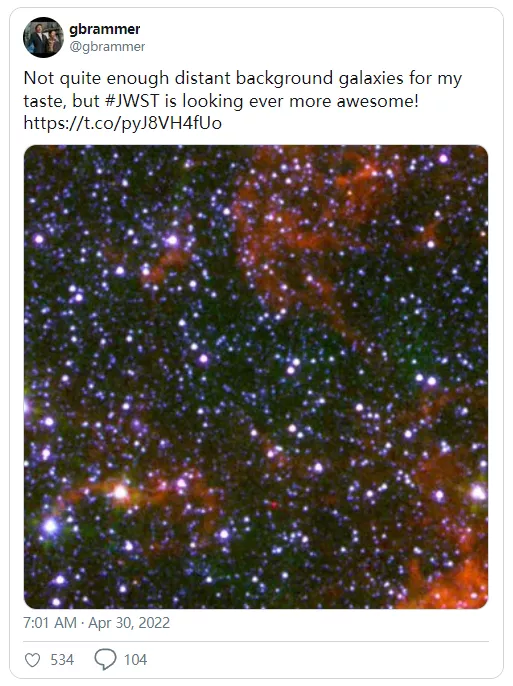
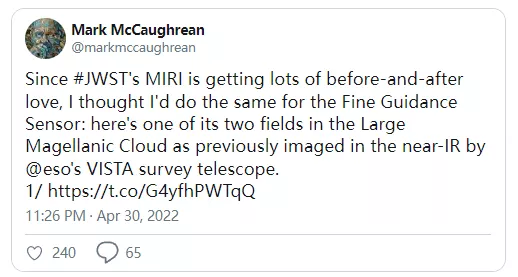
Astronomers and Engineers actually seem to be shocked by how well JWST's resolution has become. You may find this surprising. Should they test the telescope on the ground before launching it? But ground tests don't always tell the story, as Marshall Perrin, associate scientist of the Weber project at the Space Telescope Science Institute, explained on twitter.
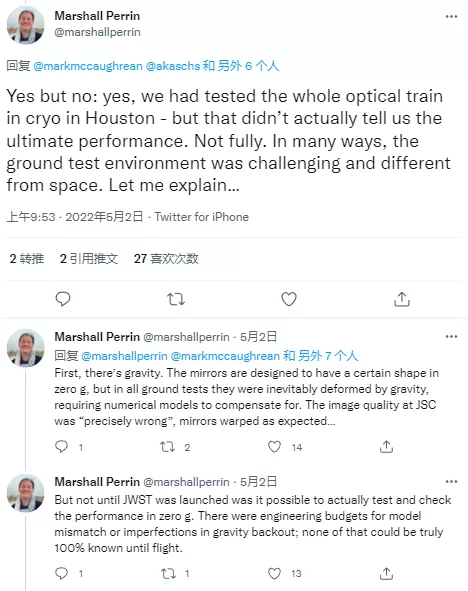
"Yes, we tested the entire optical system at low temperature in Houston - but this doesn't actually tell us the final performance. Not exactly. In many ways, the ground test environment is challenging and different from space," he wrote
Perrin explained how gravity works. JWST mirrors are designed to have a certain shape under zero gravity, but in all ground tests, they are inevitably deformed by gravity and need to be compensated by numerical models.
Then, there is no way to test on the ground how the telescope may work in zero gravity, as for stability or whether there will be any vibration from the spacecraft. Although ground tests in the thermal vacuum chamber at Johnson Space Center can match the temperature experienced by JWST in space, Perrin said some effects in the test chamber can induce optical instability.
"A performance prediction must be more than just a gesture or desire. It must be based on quantitative digital models and budgets, including assessing risk and uncertainty," he wrote Therefore, although prediction is useful, there is always uncertainty.